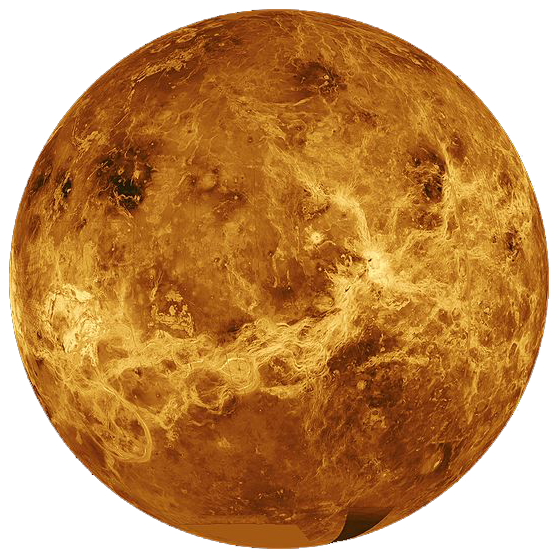A recent article in Nature Geoscience, “Low simulated radiation limit for runaway greenhouse climates,” raises some unsettling concerns.
While almost everyone knows CO2 is a greenhouse gas, fewer people realize that water vapor is also a powerful absorber of infrared radiation. But while CO2 can fluctuate wildly on this planet and others (Mars and Venus have atmospheres more than 95% CO2), the atmospheric concentration of water vapor is not something humans can greatly influence. Simply put, if we could inject Industrial Revolution-amounts of water vapor into the atmosphere, past a certain point it would just condense and rain back. If we tried to remove water from the atmosphere, oceanic evaporation would immediately balance it out. Try as we might, we can’t directly change water vapor concentrations much.

But we are warming the atmosphere, and warmer air can hold more water vapor. More water vapor leads to warmer air, which leads to more water vapor, on and on in what climatologists describe as a positive feedback loop. It’s a bit like Jimi Hendrix’s signature feedback. Hendrix snuggled his electric guitar near his amplifier, so that the guitar pickups hear the amp, then that sound goes back out to the amp, which gets picked up by the guitar, looping over and over, louder and louder, until either Hendrix moves away or the amplifier ruptures. For water vapor in the climate, what are those boundaries? How far can such a system go, until it “ruptures” the climate?
A joint project with researchers at the University of Victoria, University of Washington, NASA, and JPL studied how solar radiation affects a water-rich planet such as ours. Given our “privileged” position in the solar system, how far are we from the catastrophic condition where “the planet will heat uncontrollably and the entire ocean will evaporate”?
It turns out, not as far are you might think.
These researchers found that “a steam atmosphere induced by such a runaway greenhouse may be a stable state for a planet receiving a similar amount of solar radiation as Earth today.” Gulp.
Which brings us back to Venus. Remember that the vast majority of the Venusian atmosphere is carbon dioxide, a powerful greenhouse gas. Venus is near the same size as Earth (81% of Earth’s mass), and yet what a stark difference there is. The mean surface of Venus is a balmy 863oF. (For comparison, lead melts at 621oF. So while there are not oceans of water on Venus, there could well be molten metal lakes.)
Do we have to worry about a Venusian runaway effect here? Not likely. The researchers concluded, “A runaway greenhouse could in theory be triggered by increased greenhouse forcing, but anthropogenic emissions are probably insufficient.” Good to hear. But it should give us pause as we conduct this unplanned, long-term experiment with our planet’s atmosphere; we’ve learned that the way our climate works is that minor influences can cascade into dramatic changes. After all, it wasn’t so long ago, geologically speaking, that the entire planet was frozen over in what geologists term “Snowball Earth,” a period of intense glaciations that brought icebergs to the equator. If the planet has achieved that extreme before, it is easier to imagine a starkly warmer world as well.
